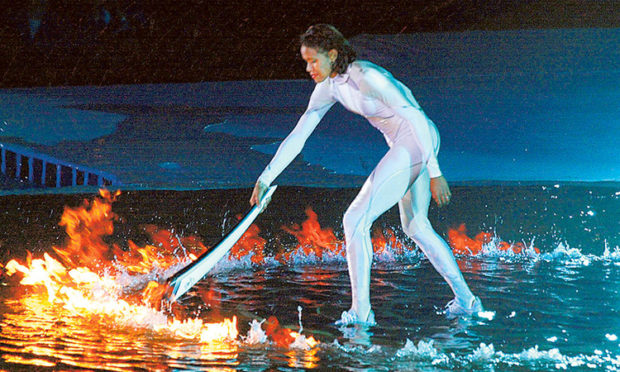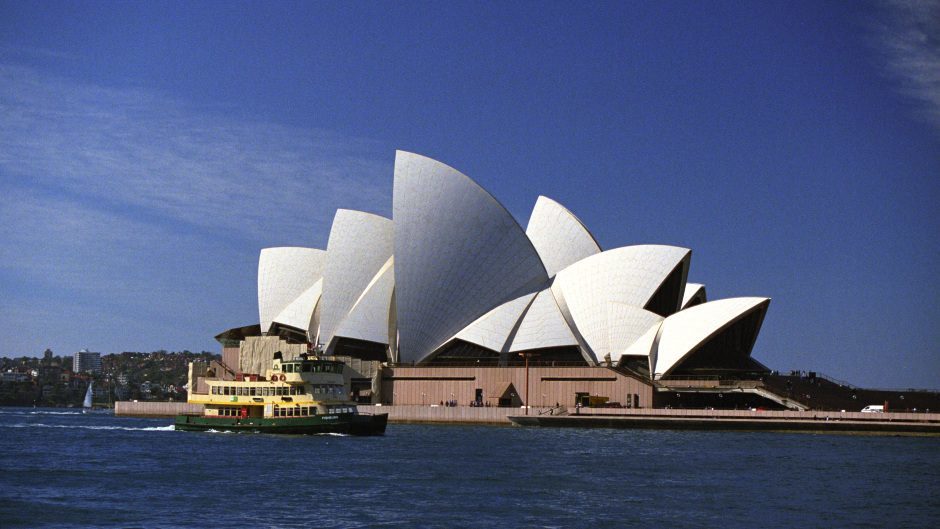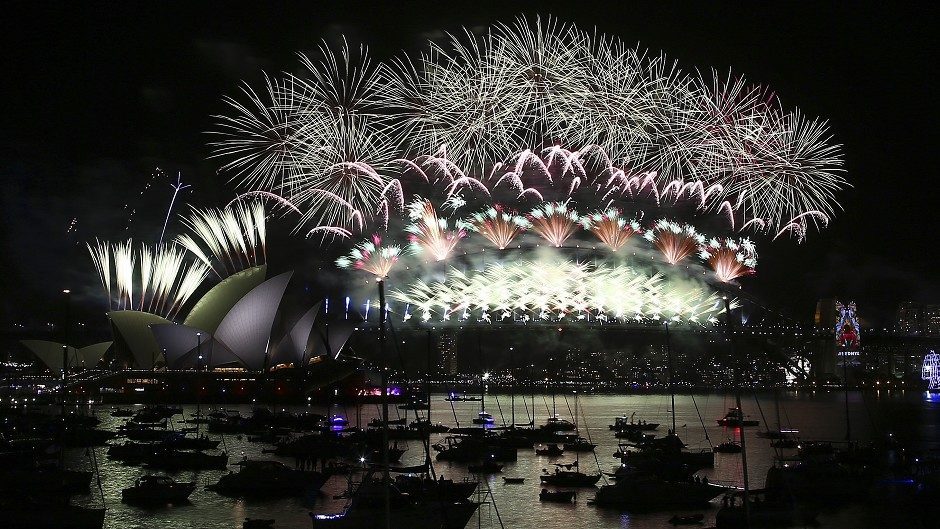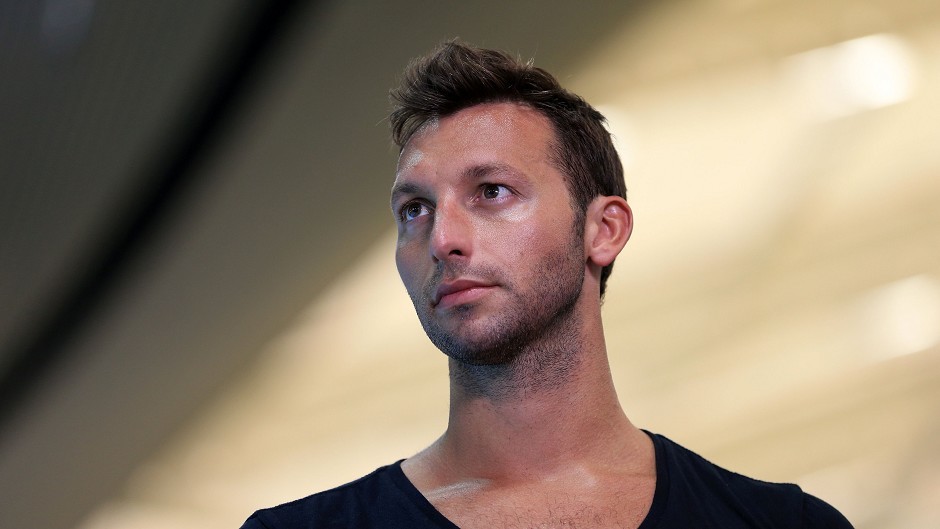It’s hard to imagine the mass of humanity, of all ages, races and backgrounds, who thronged to Sydney for the Olympic Games 20 years ago.
Hundreds of thousands of us packed into the pristine stadiums and were caught up in the party atmosphere as Australia staged a wonderful exhibition of sport, theatre and humanity.
In these days of lockdown and social distancing – and following the increased security measures around airports and major venues after the New York terror attacks in September 2001 – it might be difficult for some people to envisage the fashion in which visitors were able to meet up with strangers from a plethora of different countries during the Games.
And there wasn’t one of us who wasn’t captivated by the story of Cathy Freeman’s journey from an Aboriginal upbringing to lighting the Olympic torch in front of a global audience, and then sprinting to golden glory in the 400m, oblivious to the pressures on her shoulders.
The image of the 27-year-old in her green, gold and silver body suit storming down the straight and crossing the line is indelibly etched in the memory.
It’s up there with Nelson Mandela and Francois Pienaar at the 1995 Rugby World Cup; Muhammad Ali igniting the Olympic flame in Atlanta in 1996; or Tommie Smith and John Carlos doing their “Black Power” salute at the Games in Mexico City in 1968.
Freeman had already secured a silver years earlier, but she wasn’t just another athlete in her home country. On the contrary, there were posters emblazoned all over Sydney with her face on them, alongside other stars such as swimmer Ian Thorpe.
As we waited for the track and field programme to commence, a group of us talked to some of the indigenous population in Australia. And we were shocked to learn of the squalor which many of them faced on a daily basis and how their average life expectancy was just 53.
They knew that Freeman couldn’t solve these huge social problems On their own, but she was one of their number and had already shown her abilities at the highest level. As such, she was representing every single member of the Aboriginal community.
No wonder there was such a huge outpouring of emotion inside the Sydney Olympic Park at Homebush when the opening ceremony climaxed with Freeman surrounded by a ring of fire.
As she stood there, torch in hand, I can remember wiping away a tear. As I gazed around me, scores of others were doing exactly the same. Anybody who argues that sport isn’t important should have been in the audience that night as one proud young woman took centre stage.
There was still the little matter of a race to win, given her status as overwhelming favourite and especially given the departure of her closest rival, Marie Jose-Perec, the reigning Olympic champion in the 400m, who controversially claimed she was being threatened and harassed before leaving the Games and returning to France.
It was one of the few sour episodes during the festival, and Perec was subsequently subbed “Mademoiselle Le Chicken” by sections of the Australian media, but Freeman could only beat the opponents in front of her and there was something magisterial about the manner in which she controlled her own destiny.
She was in the middle of the pack prior to exploding out of the final bend to take a lead which she never relinquished. Jamaica’s Lorraine Graham and Britain’s Katharine Merry had to settle for silver and bronze, but none of the attention was focused on them.
Instead, the cameras concentrated on Freeman as she unzipped her suit, crouched down on her haunches, shook her head, put her hand up to her face and closed her eyes.
Her reaction at the finish was typical of the exalted standards she had set herself. She was disappointed with her time and surprised that she hadn’t been pushed harder by her rivals.
As she said: “When I look back at the footage, nobody really believed that they could win and I think it shows because the pace at which I was running when I was back in the field — it shouldn’t have been that way.
“For a real contest to have developed, there should have been more of a fight earlier on. But that just wasn’t the case.”
During the last two decades, she has toiled tirelessly to help the Aboriginal people and established her own foundation in 2007 to close the gap in education between indigenous children and those from other backgrounds.
Freeman also participated in the Australian version of Who Do You Think You Are? and discovered that her mother was of Chinese and English heritage as well as Aboriginal.
She learned that, as a result of a 1917 Queensland policy – which allowed Aborigines to serve in the military if they had a European parent – her paternal great-grandfather Frank Fisher served in the 11th Light Horse Regiment during the First World War.
But if the programme offered a stark reminder of the often queasy link between Australia’s past and present, there was nothing ambiguous about the exhilaration and joy which Freeman brought to the Sydney Games.



